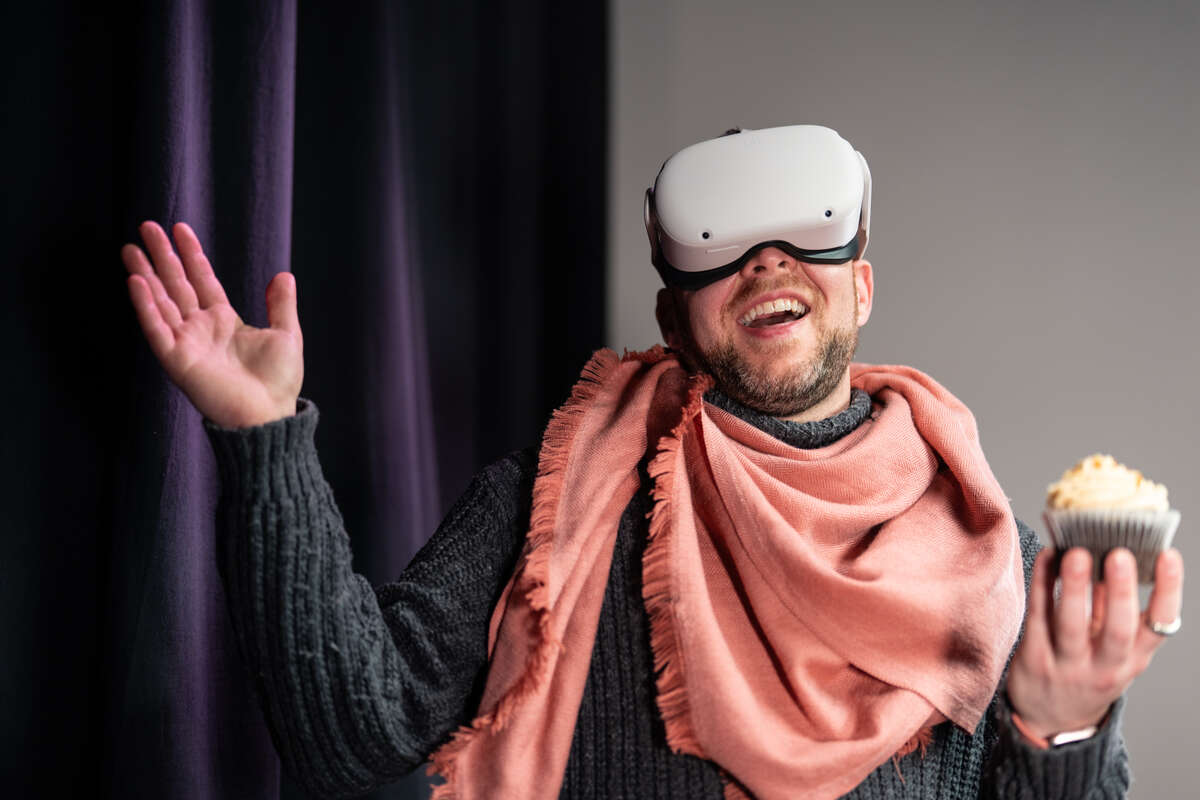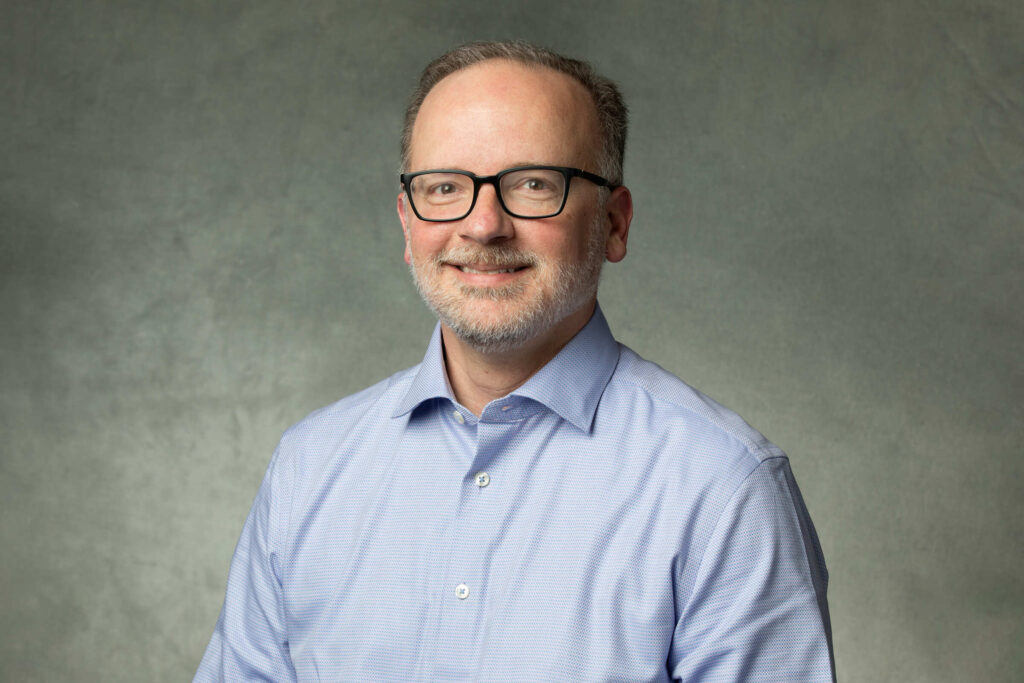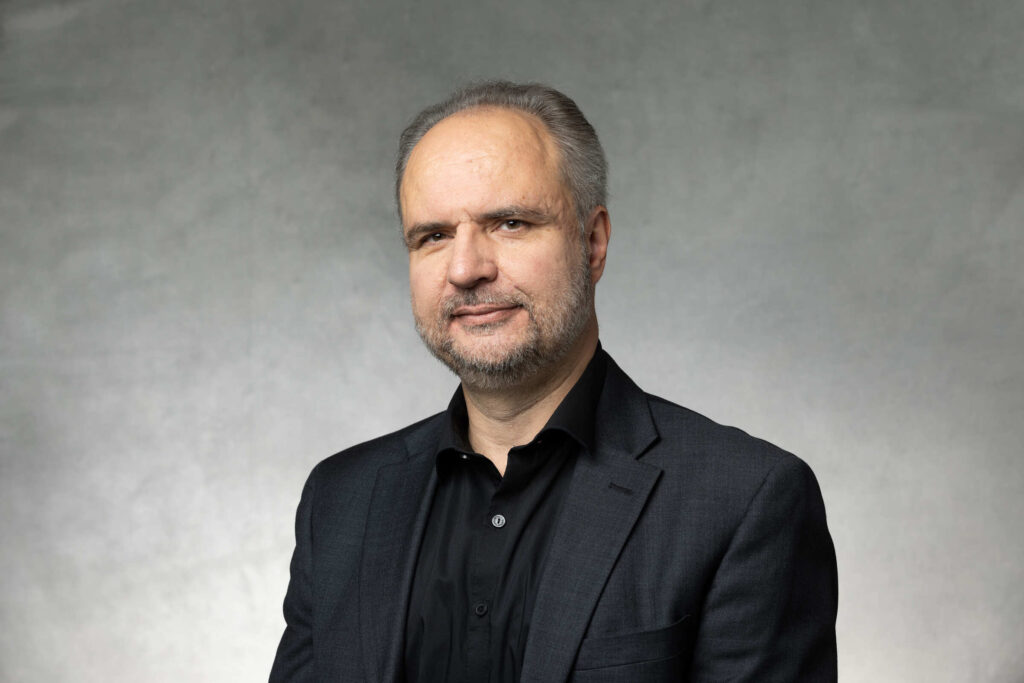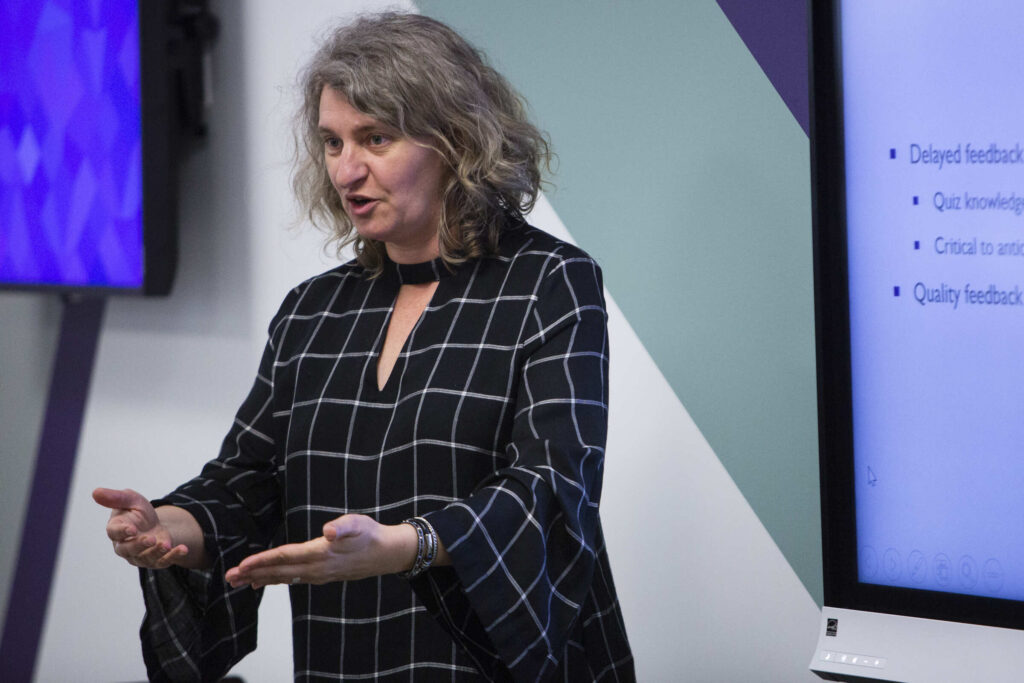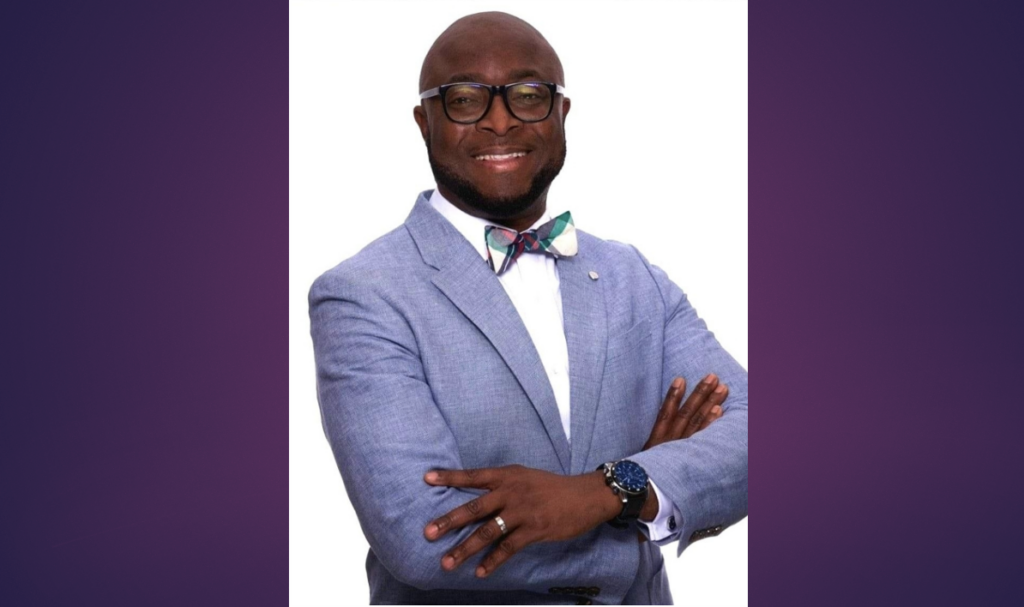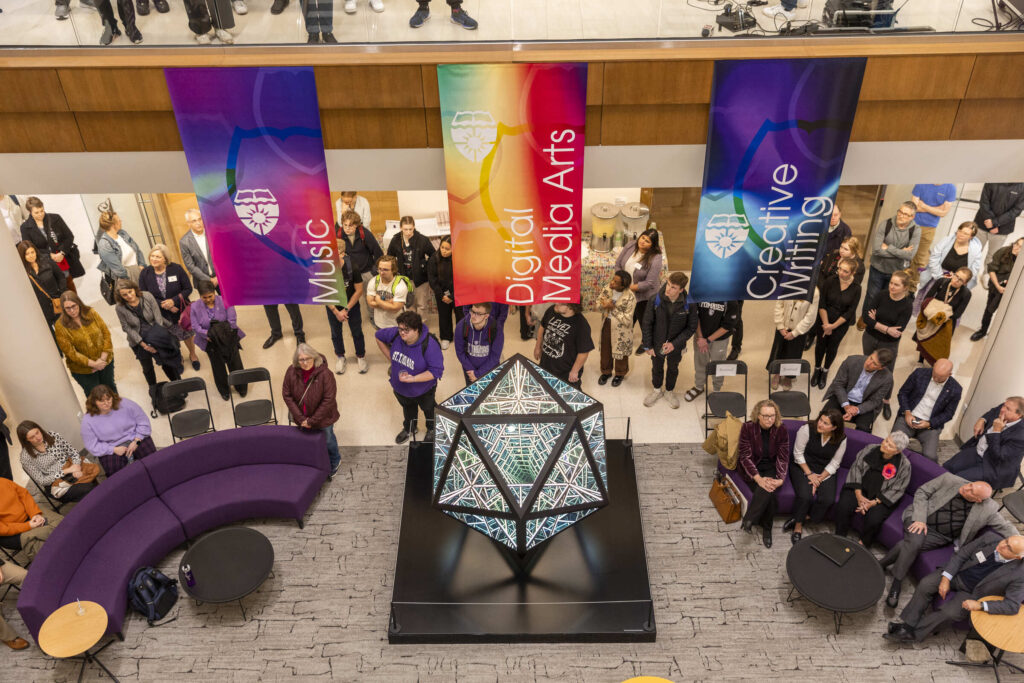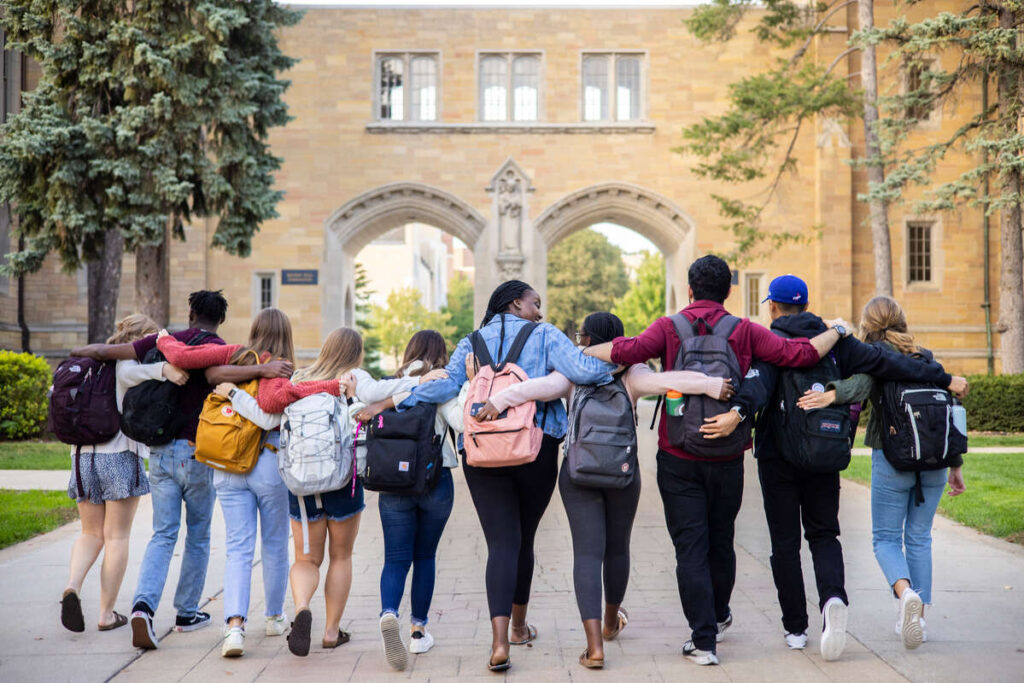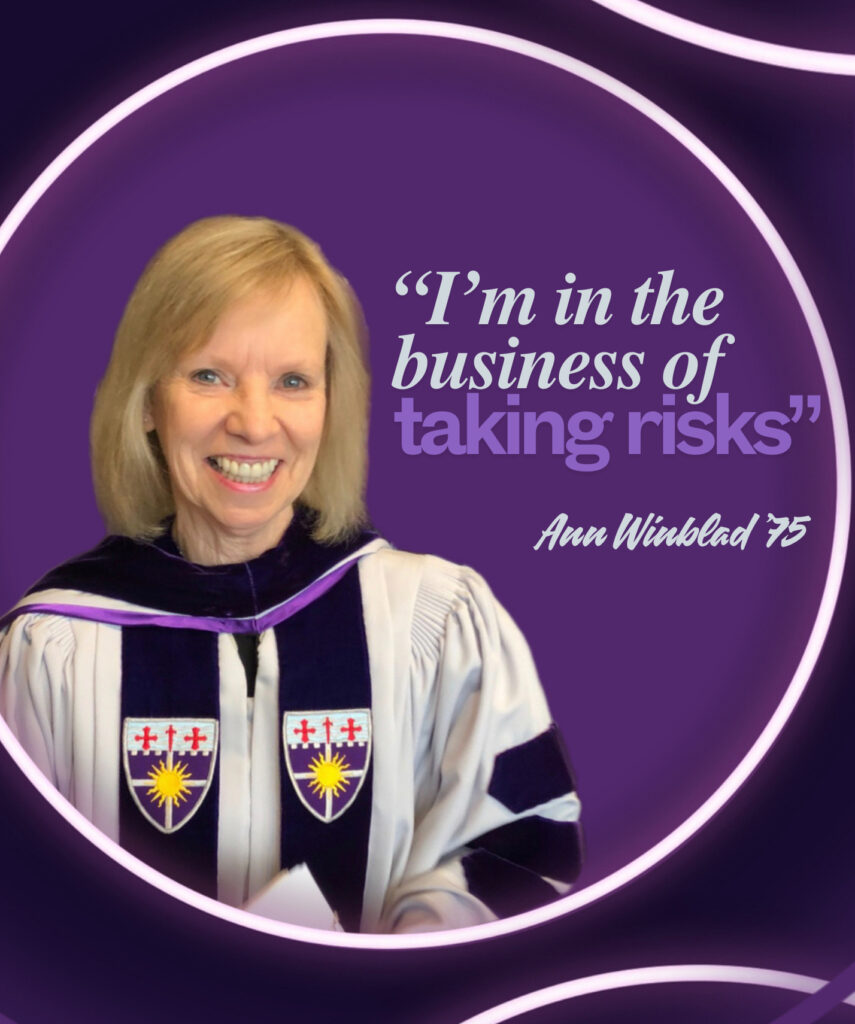Imagine the aroma of freshly brewed coffee, the sweet smell of a chocolate bar, or logs burning on a campfire grill deep in a forest. Adding the sense of smell to the immersive virtual reality experience is right around the corner as more VR applications continue to be developed, according to research by Dr. Seth Ketron, an Opus College of Business assistant professor at the University of St. Thomas in Minnesota.
Ketron and his colleagues from the University of Edinburgh, University of Glasgow and Ivey Business School researched what happens if smell is put into VR. The team shared its findings in an article published in the Journal of Retailing.
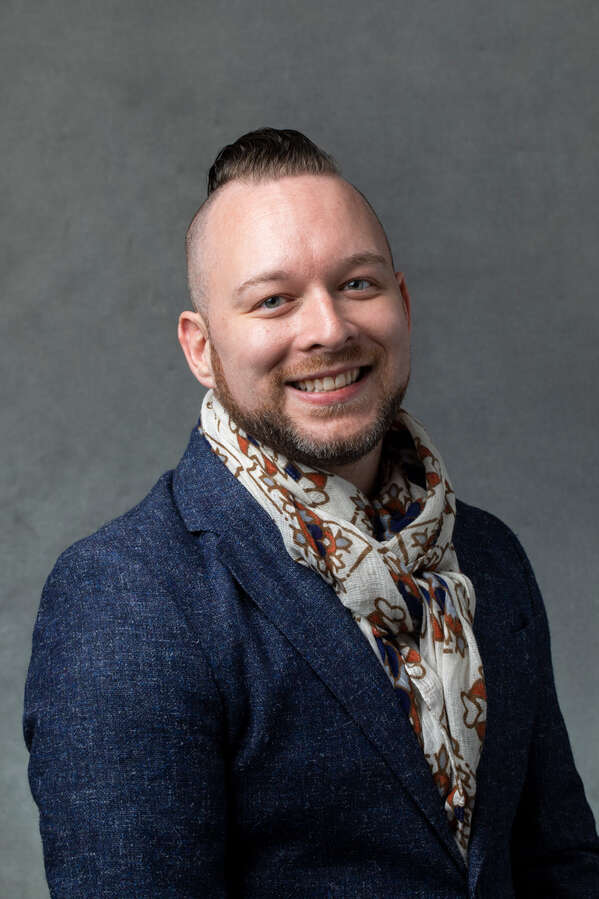
“We found that adding smell to the VR environment can make the experience feel more real and more immersive,” Ketron said. “That higher level of immersion leads to what we call a flow state, where you sort of lose yourself. You disconnect from the outside world. You’re plugged into this virtual space and lose track of time. It’s an extremely rewarding experience.”
To conduct their research, the team had participants view a VR marketing campaign by the chocolate brand Villakuyaya. Using the highly immersive Oculus Go HMD, participants “walked” through the cocoa plantation and learned about the chocolate production process.
Some participants had an olfactory cue present while viewing the VR content, others did not. The olfactory cue was achieved by a burning hidden chocolate-scented candle.
In another experiment, participants watched part of a VR tour for a museum in Whithorn, Scotland. Instead of actual smells, the olfactory cue present included descriptive words, specifically: “You enter the dark, smoky roundhouse where someone tends the fire. He is preparing to boil some water for the evening. The roundhouse feels quite warm and smells of campfire.” The adjectives describing smells were omitted in the version without olfactory cues.
“We found that getting people to imagine smells is just as compelling as having them smell real smells,” Ketron said. “If we can create more immersive VR environments by having them be multisensory through the addition of smell or otherwise, it makes the experiences more compelling for people.”
The results could have implications for retailers and marketers – if a relatively inexpensive way of incorporating smell into VR could be developed.
There have been many experiments throughout history with adding scents to experiences, yet none were incorporated into everyday use.
Even today, the closest technology using scents in VR involves attaching a cartridge to a VR headset that pipes in smells.
“If retailers or other organizations who want to do VR are able to get people to either imagine smells or actually have smells, it’s going to make their experiences more impactful,” Ketron said. “The goal could be to get people to pay more for a digital tour ticket to Whithorn or to want to buy a new brand of chocolate coming on the market. Or maybe the goal is getting people to think more about the Earth and be more sustainable and want to recycle. Whatever the context is, it makes it much more influential on downstream outcomes.”
Incorporating VR into education
In the new Opus College Master of Science in Management (MSM) program, students have a course that puts them into the virtual shoes of a coffee shop owner. With VR headsets, they are immersed in the details of running the coffee shop and can make decisions that affect profits, customer experiences, team morale, and employee well-being. Smell isn’t incorporated into the simulation yet, though.
“It might feel much more real to have the smell of coffee as you are in this shop making decisions. If you had that fresh-brewed smell like you would get at a Starbucks or a Caribou, that would make the learning more solidified in your brain,” Ketron said. "Then maybe students would carry away more concrete lessons. That would be something that we would want to potentially look into in the future.”
Sensory overload
In a related study, Ketron and the researchers learned that sensory overload could exist in VR. In a coffee shop simulation, the research team had participants smell chocolate and bread as well as hear the sounds of a coffee shop.
“We learned that you don’t need to necessarily throw everything you possibly can at the experience to make it feel as real as possible,” Ketron said. “It’s important to be very surgical about what you’re putting into an experience so that you're not overloading people.”
In terms of future possibilities to incorporate smells into VR, Ketron said that it likely would work better in a store or market rather than someone’s home due to the controlled nature of a commercial environment.
With the appropriate technology, businesses may be able to effectively expand their VR strategies using the power of smell.
Ketron presented his research at the recent Faculty Lightning Talks event.
